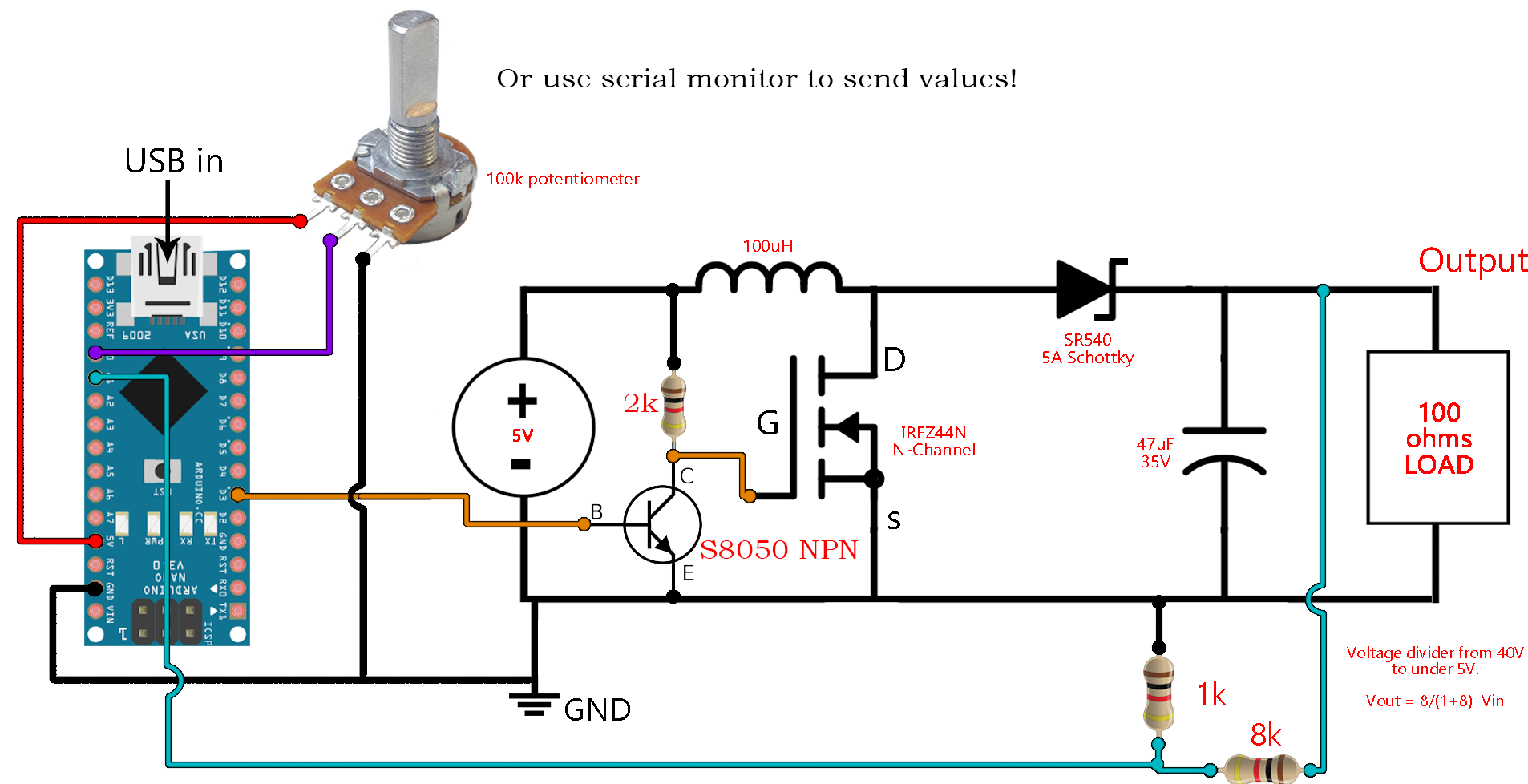


If you completelly disconnect the microcontroller from the gate, does it still happen? What do you mean exactly with "no voltage supplied to the gate"? With that kind of circuit you can then use PWM from the Arduino on the MOSFET Gate side to control the energy that MOSFET will let through to the motor (the higher the duty-cycle of the PWM signal the more energy goes through to the motor) thus controlling its speed. The only time that diode is supposed to conduct is when the motor stops and discharges the energy in its electromagnetic field as current going out of the motor on the low voltage side (imagine that the motor suddenly and temporarily becomes a battery, which is upside down relative to the normal power supply) - the diode is there to channel that momentary discharge current around to the opposite side of the motor, short-circuiting it and thus protecting the rest of the circuit, hence why the diode is oriented opposite to the normal flow of the current. The orientation you connect the motor to these two points really just depends on which direction you want it to turn and the easiest way is to just try, whilst the diode should be connected in reverse polarity orientation, i.e from the low voltage side to the high voltage side (so the strip on the diode casing is towards the high voltage side) so that it does not normally conduct. When using motors as the load, both the motor and a diode should be connected to the same 2 points, the lower voltage side being in a low-side switch the MOSFET Drain pin and the high voltage side being in your case the 24V power source. You'll notice in that circuit that none of the things on the Gate side of the MOSFET - which is the microcontroller side - is connected to the high voltage power that is feeding the source. your 5V Arduin can safelly control the 24V for the motor). Google "MOSFET Low side switch" which will give you the structure of a circuit with a MOSFET like yours (N-Channel) to control a load running at a higher voltage than the thing that's controlling the MOSFET (i.e. Just add a dead man’s switch that is hardwired to the motor power so it’s possible to turn it off if the MOSFET fails closed for some reason (and the car goes wild)
Arduino pwm with potentiometer drivers#
If you want to go analog anyway, 555 timers are easy to turn into adjustable PWM drivers and have higher drive capability (200mA) than Arduino pins (20mA), and a higher operating voltage. And you’ll probably also need quite a large flyback diode. You also need to add a gate pulldown so that the MOSFET actually turns off if you remove the gate’s power.Īlso, you’ll need a heatsink on the MOSFET to keep it cool. This means that without a current limiting resistor, or a dedicated MOSFET driver, you would have 10s of Amps being drawn from the Arduino’s output pin (for a few nanoseconds) each time you turn it on. The gate pin is essentially a capacitor, so to the Arduino it is essentially short-circuited until charged. Try it dy clicking 'Edit' button.Driving MOSFETS takes some special considerations. Tip: You can make the same example by connecting potentiometer middle pin to a digital PWM pin and avoid to use map() function.

Send pwm value to led -> analogWrite(ledPin, value).

Read analog value from potentiometer middle pin -> value=analogRead(potPin).In between, analogRead() returns a number between that is proportional to the amount of voltage being applied to the pin. When the shaft is turned all the way in the other direction, there are 5 volts going to the pin and we read 1023. When the shaft is turned all the way in one direction, there are 0 volts going to the pin, and we read 0. This changes the relative "closeness" of that pin to 5 volts and ground, giving us a different analog input. Here's the 'Fade an LED with potentiometer' code, embedded using codebender!īy turning the shaft of the potentiometer, we change the amount of resistence on either side of the wiper which is connected to the center pin of the potentiometer.


 0 kommentar(er)
0 kommentar(er)
